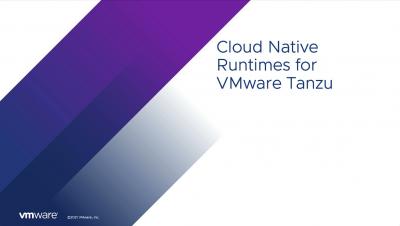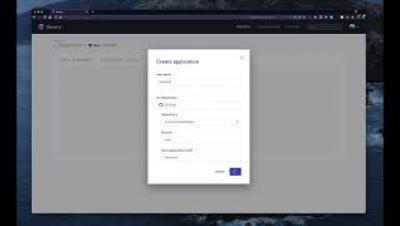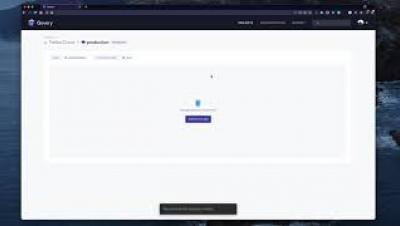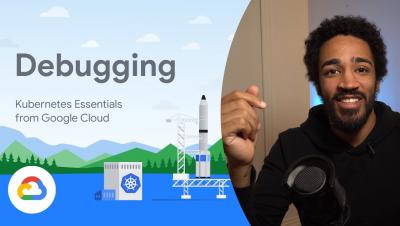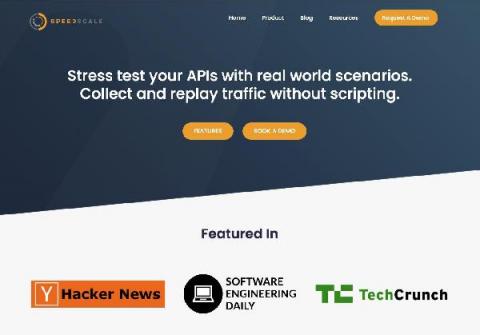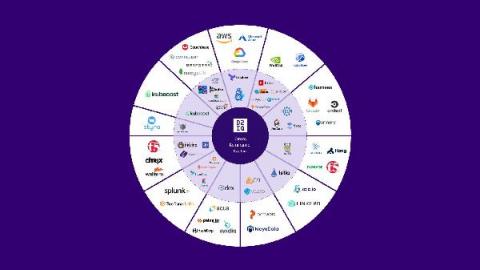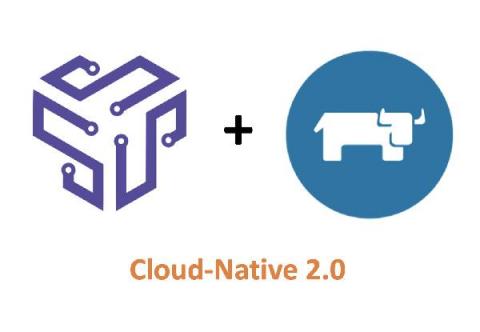Operations | Monitoring | ITSM | DevOps | Cloud
Containers
The latest News and Information on Containers, Kubernetes, Docker and related technologies.
Deploy monorepo applications with PostgreSQL - Qovery v2 beta
Deploy an app on AWS in 25 seconds with Qovery v2
From zero to hero - here is a short video to show how to deploy an app from scratch on AWS with Qovery v2 - this video is linked to https://www.qovery.com/blog/one-week-before-the-launch-of-qovery-v2-beta-whats-new
How to debug a Kubernetes application
New Website!
We’re happy to debut our new website, highlighting our newest features! We’ve been busy updating our product UI and decided to showcase some of the work on the site. All of our case studies, whitepapers, and datasheets are now in the Resources page. We’ve also been featured on a variety of news sites, podcasts and blogs. We linked all of them in the “Speedscale in the Media” section.
How D2iQ Fits Into The Broader CNCF Kubernetes Ecosystem
In order to run Kubernetes in production, you need more than just the base Kubernetes, but a variety of other necessary add-on services, such as monitoring, security, disaster recovery, and more. However, navigating the cloud-native ecosystem is complex and rapidly changing, making it difficult to build a robust production platform required to run mission critical business services.
Run the HAProxy Kubernetes Ingress Controller Outside of Your Kubernetes Cluster
Run your HAProxy Kubernetes Ingress Controller in External mode to reduce network hops and latency. Traditionally, you would run the HAProxy Kubernetes Ingress Controller as a pod inside your Kubernetes cluster. As a pod, it has access to other pods because they share the same pod-level network. That allows it to route and load balance traffic to applications running inside pods, but the challenge is how to connect traffic from outside the cluster to the ingress controller in the first place.
Continuously deploy custom images to an Azure container registry
The Azure container registry is Microsoft’s own hosting platform for Docker images. It is a private registry where you can store and manage private docker container images and other related artifacts. These images can then be pulled and run locally or used for container-based deployments to hosting platforms. In this tutorial, you will learn how to create a custom docker image and continuously deploy it to an Azure container registry.
Best Practices for Migrating to Helm v3 for the Enterprise
Make you Developers Happy with Rancher and Shipa
At this point, it’s fair to say that containers and Kubernetes changed the dynamics of infrastructure and platforms. It’s no secret that even though managing Kubernetes clusters is still somewhat complex, in the early days, it was even harder, which is when we saw solutions such as Rancher come up to help us address those challenges. You will inevitably run into cluster-related challenges when adopting Kubernetes.


